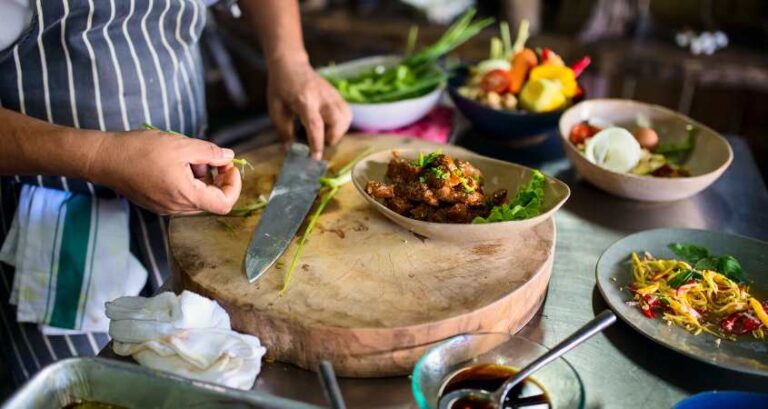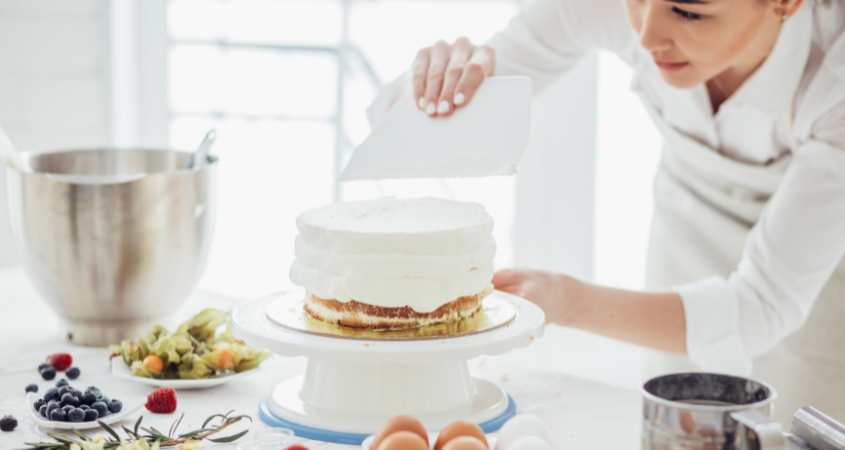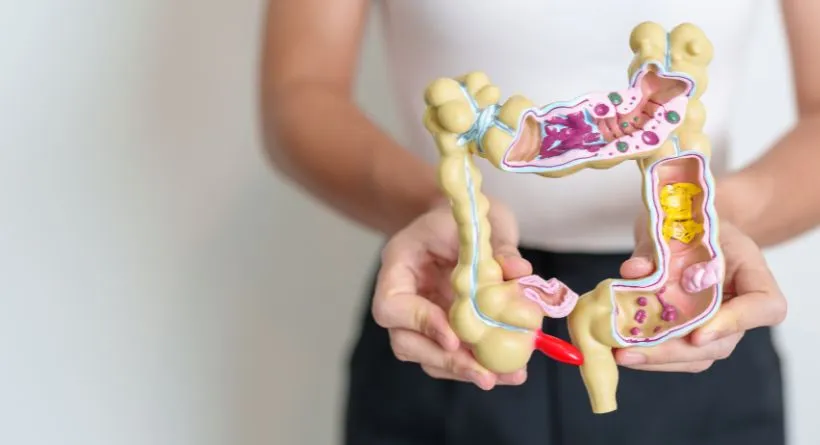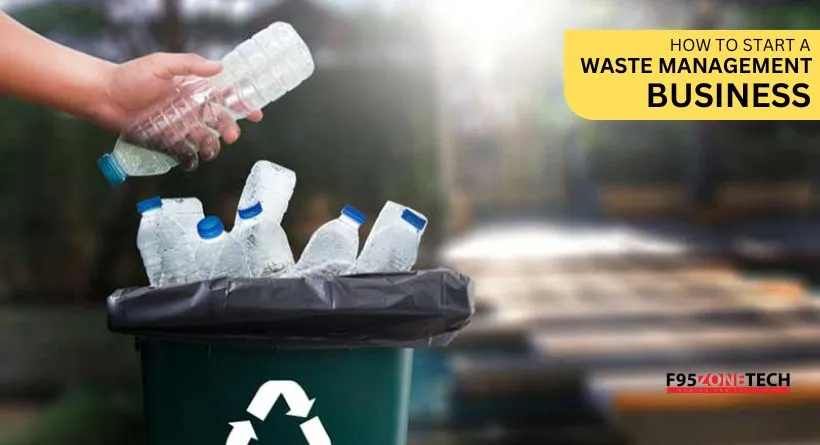If you’re like me, cooking skills are one of the most important things in your life. I love it. I’ll eat just about anything that’s made with love and care. That said, cooking can be intimidating if you don’t have the right mindset or knowledge base. In this article, we’ll talk about seven tips that can help improve your cooking skills so that next time you’re looking for something new to try out at home whether it’s making a meal or baking bread you’ll feel confident in your abilities and not intimidated by what needs to get done first!
Test your knives.
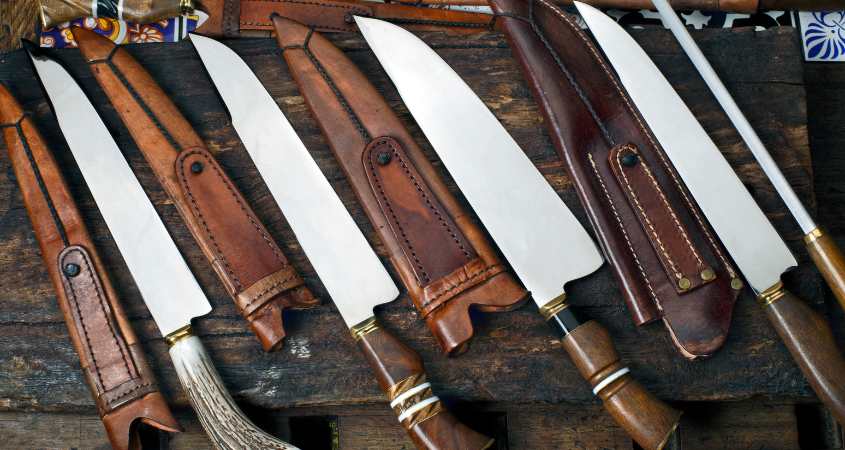
When it comes to testing your knives, there are a few things you should do.
- Cut through a piece of paper. This is an easy way to see if your knife is sharp enough for cutting through food with, or if it needs sharpening.
- Cut through food (optional). If you’d like the added benefit of feeling how well a blade can slice into something else besides paper, then go ahead and cut into some tomatoes or other vegetables! Do this by holding down one end with one hand while holding onto another part of the vegetable with your other hand so as not to destroy all its nutrients in one fell swoop!
Keep an open mind.
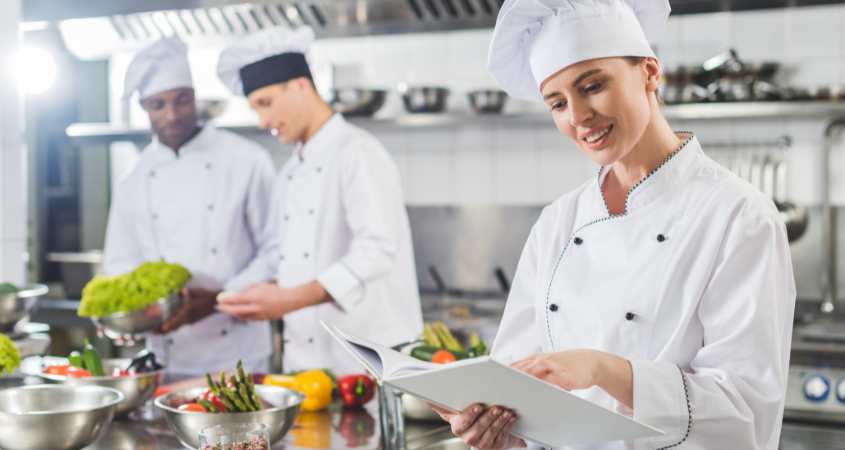
One of the best ways to improve your cooking is to keep an open mind. While you might think that some ingredients are only used in specific cuisines, or that certain techniques are only available at one restaurant, there’s no reason why they can’t work in other dishes. The same goes with new tools: If you have an old knife lying around collecting dust on top of your countertop, don’t hesitate to give it another try!
Asking for help is also key and not just when it comes time to chop vegetables or cook meat. Think about how much easier life would be if everyone had access to Chef’s Table-quality recipes? If so (and if this isn’t already happening), then reach out and ask them directly!
Mise en place.
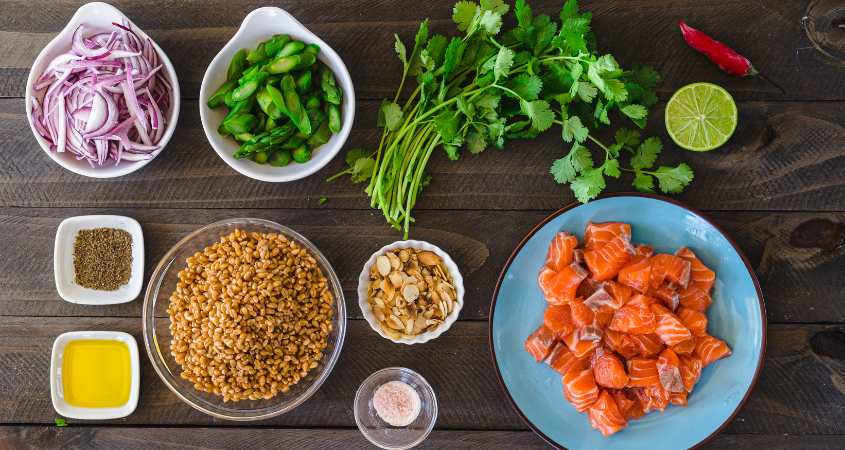
Mise en place is a French term for “putting in place.” It refers to everything you need to do before you start cooking, so that all your ingredients are prepared and ready to go. This helps keep your kitchen clean and organized, which is especially important if you have kids around as well. By prepping certain ingredients beforehand (like chopping onions), this will also prevent mistakes and if there’s any left over from preparing mise en place, it could be put toward making something delicious!
Be organized and consistent in cooking skills.
Organization is a must. In the kitchen, it’s not just about having everything in its place it’s also about being able to access it quickly and efficiently.
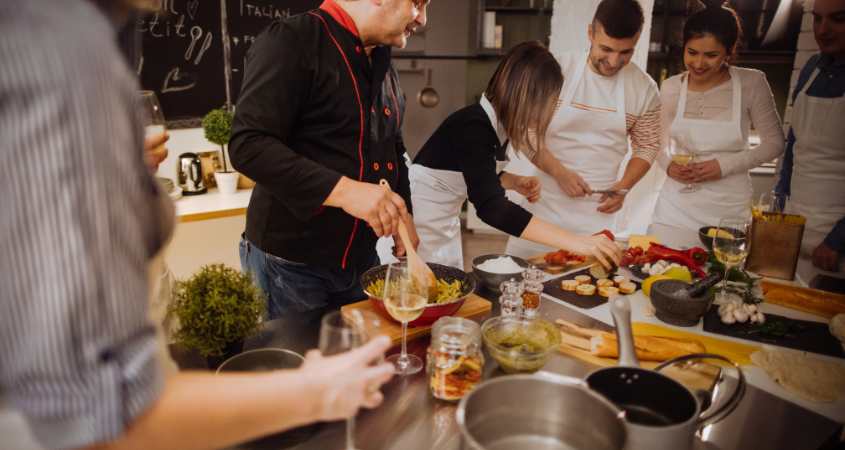
Organization tips:
- Organize your ingredients by type (e.g., baking spices, herbs and seasonings) or by use (e.g., garlic salt). This will help you find what you’re looking for when cooking something new or creating a recipe with multiple ingredients that could use different types of seasoning or herbs at once.
- Create an organized workspace where all of your cooking tools are stored neatly together so they aren’t spread out across different surfaces throughout your kitchen area like they would be if they were stored haphazardly around each other on top of counters or under tables instead of being tucked away neatly into drawers below cabinets where their purpose is more clearly defined rather than just used up randomly without thoughtfulness towards how these tools might come into play during certain stages in making meals.
Invest in a digital thermometer.
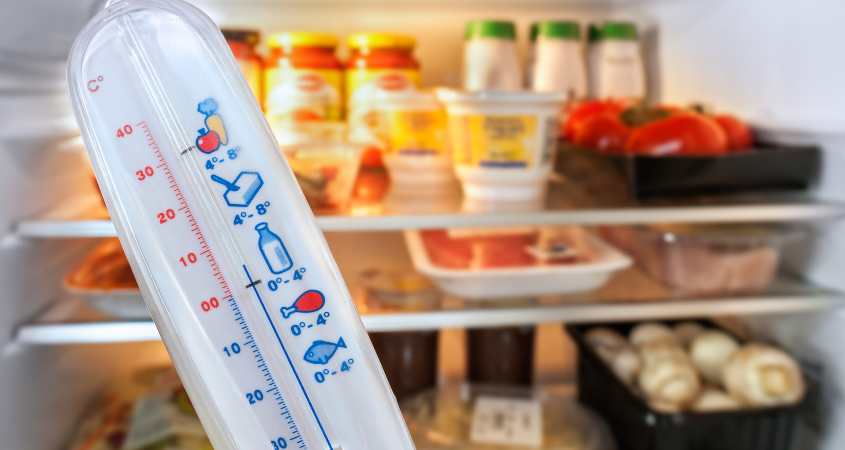
- Invest in a digital thermometer: Digital (or kitchen) thermometers are one of the most important tools in your kitchen toolkit. They’re handy for keeping track of exactly what temperature you’re cooking at, and also for ensuring that you don’t overheat or undercook food by accident. If you don’t have one already, consider buying one as soon as possible it will save time on future cooking projects!
- Use it properly: A digital thermometer should be placed into whatever dish is being cooked so that its tip points directly above where the oven door would be located if it were open (or at least close enough). This is because when we use our senses to perceive temperature changes outside ourselves, they may not correlate with how hot or cold something feels inside us; therefore reaching out blindly with a metal probe might lead us astray while we attempt to gauge both ends simultaneously.”
Learn to use a knife properly.
When it comes to cooking, a sharp knife is your best friend. A dull blade will not only make cooking more difficult, but also dangerous for you and the food you’re preparing.
- You should always use a sharp knife when cutting or slicing something like vegetables or fruit.
- Keep your fingers away from the blade so that you don’t cut yourself on accident! If there’s no way around this (like when cutting with an electric slicer), place one hand on top of another so that neither one touches any part of what is being cut as much as possible (this may require holding onto something else while still keeping an eye on things).
- Cut on a cutting board instead of directly into countertops if possible it’ll reduce messes and save space in general
Buy a slow cooker and learn how to use it well.
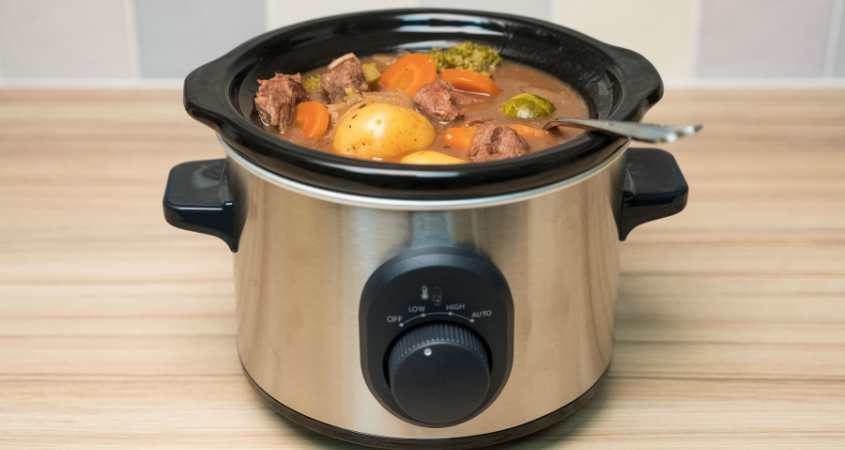
A slow cooker is a great tool for making soups, stews, and braises. It’s also used to make casseroles and other dishes that require a long cooking time. The best way to use your slow cooker is by using it on low heat for an extended period of time. This will ensure that the food is done at just the right temperature without overcooking anything in particular!
Learn these kitchen tips to become a better cook
- Use a timer to keep track of how long you’re cooking your food, then adjust your cooking time accordingly if there are any delays or problems with the recipe.
- Keep an eye on your pots and pans so that they don’t overheat and burn themselves up during the cooking process (or worse yet, catch on fire).
- Have a dedicated cutting board for each type of meat or vegetable that needs trimming before going into the oven; this can help prevent cross-contamination if one board is used for raw meat and another for cooked meat or vegetables like onions or tomatoes which might otherwise contaminate each other during preparation steps at home as well as in restaurants.
- Here employees may prepare different foods while working together in close quarters with one another throughout their shifts without knowing who will be touching what first until after hand washing has been done right before eating begins around lunchtime unless someone has sick days ahead due more than just being off work because they need extra rest due too much stress from having so many responsibilities thrown at them all day long everyday weekdays month long weekends never holidays ever holidays only holidays combined together into one big ball called “holiday”.
Conclusion
We hope you find these tips helpful and that they will help you become a better cook. We hope you will share your tips with us in the comments below. And if you have any questions, please feel free to ask us!
For more info Visit Us

